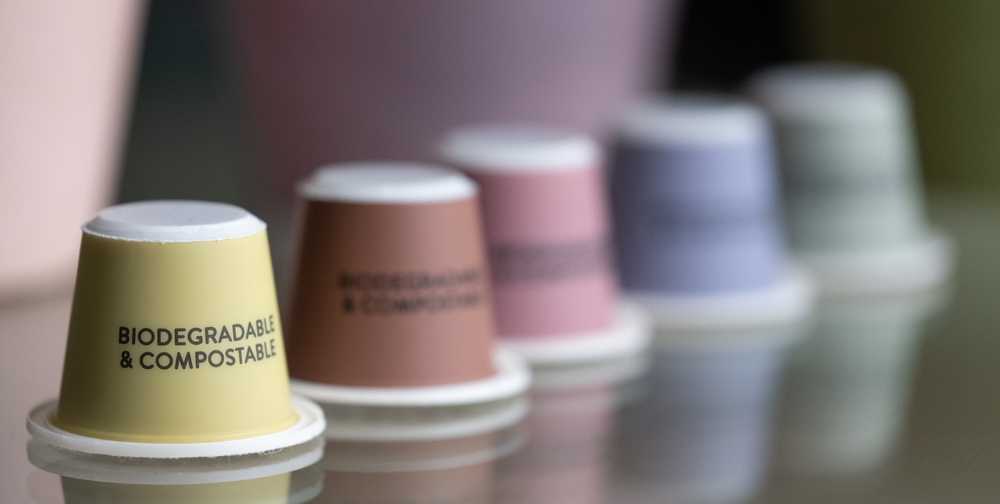
By Annina Winkler, Investment Manager
Anyone who follows Emerald’s work on packaging knows that it’s a challenging area with huge potential for change. But even I have been stunned by recent statistics: annual packaging waste in the US sits at 250 kg per capita, or three times the weight of an average adult. Europe is not much better, at 175 kg per capita. Roughly 50% of packaging waste in the US ends up in landfill, where much of it—especially the plastic sort—can take thousands of years to decompose. This leaves us with quite a packaging dilemma. Plastic has properties that we need in our packaging, but these properties are difficult to replicate with other materials.
Dealing with this problem requires breaking down this sprawling, $1 trillion-plus industry. Packaging is typically divided into three “layers”:
- Primary packaging, or that which directly encloses the end-product and which the consumer usually discards (for example a milk carton)
- Secondary packaging, which sits one level above the primary layer (for example, a box containing milk cartons)
- Tertiary packaging, also known as industrial packaging (a crate containing milk carton boxes)
Packaging Dilemma: plastic has boomed for clear reasons
The global consumer packaging market (mainly consisting of primary packaging) today is more than 50% plastic (both flexible and rigid). Rapid consumer growth in developing regions of Asia and other parts of the world since the early 1990s has led to a plastics boom, especially for food and beverage applications, which today account for roughly 50% of all plastic packaging produced. Plastic is in many ways perfect for shipping and storing the things we eat and drink: it is durable, lightweight, customizable, see-through and provides good protection against spoilage and contamination. It does all this at relatively low cost and with a relatively light footprint in terms of land and water usage and greenhouse gas emissions.

Solutions: taking a second look at paper
At the same time, the waste dilemma puts a big asterisk on plastic’s many benefits. Only about a fifth of all plastic globally gets recycled, with the rest going to landfill and incinerators or even just tossed out the window. Roughly 14 million tons of plastic flowed into the ocean in 2022, equivalent to 175 half-liter PET bottles per person on the planet. Much of this breaks down into tiny particulates which can be hazardous to ecosystems and human health.
The problem looks even more severe in light of the fact that roughly 50% of all packaging produced is single-use plastic.
This is why a range of stakeholders are wary about plastics, especially the single-use variety. The world’s largest consumer companies are ramping up sustainability pledges, including reducing their use of plastics. A recent survey found that more than 80% of consumers would be willing to pay more for sustainable packaging. And governments are springing into action to limit plastic waste, with the EU taking the lead.
Several solutions will be needed to fully tackle the issue, ranging from removing and reducing to reusing, recycling and replacing plastic packaging. Emerald sees promise in replacement feedstocks, especially those based on paper. My colleague Fredric Petit talked about where paper can play a role in the packaging value chain in a recent interview, and many big corporates have been rolling out paper-based products, such as a compostable Nespresso capsule from Nestlé and Huhtamaki, two of our limited partners.
But when it comes to packaging, the kind of paper found in books and magazines won’t cut it. Innovation, like those happening at our portfolio company Paptic, will be needed to transform paper into the kind of strong, multi-functional, versatile packaging product now mostly made from plastic.
